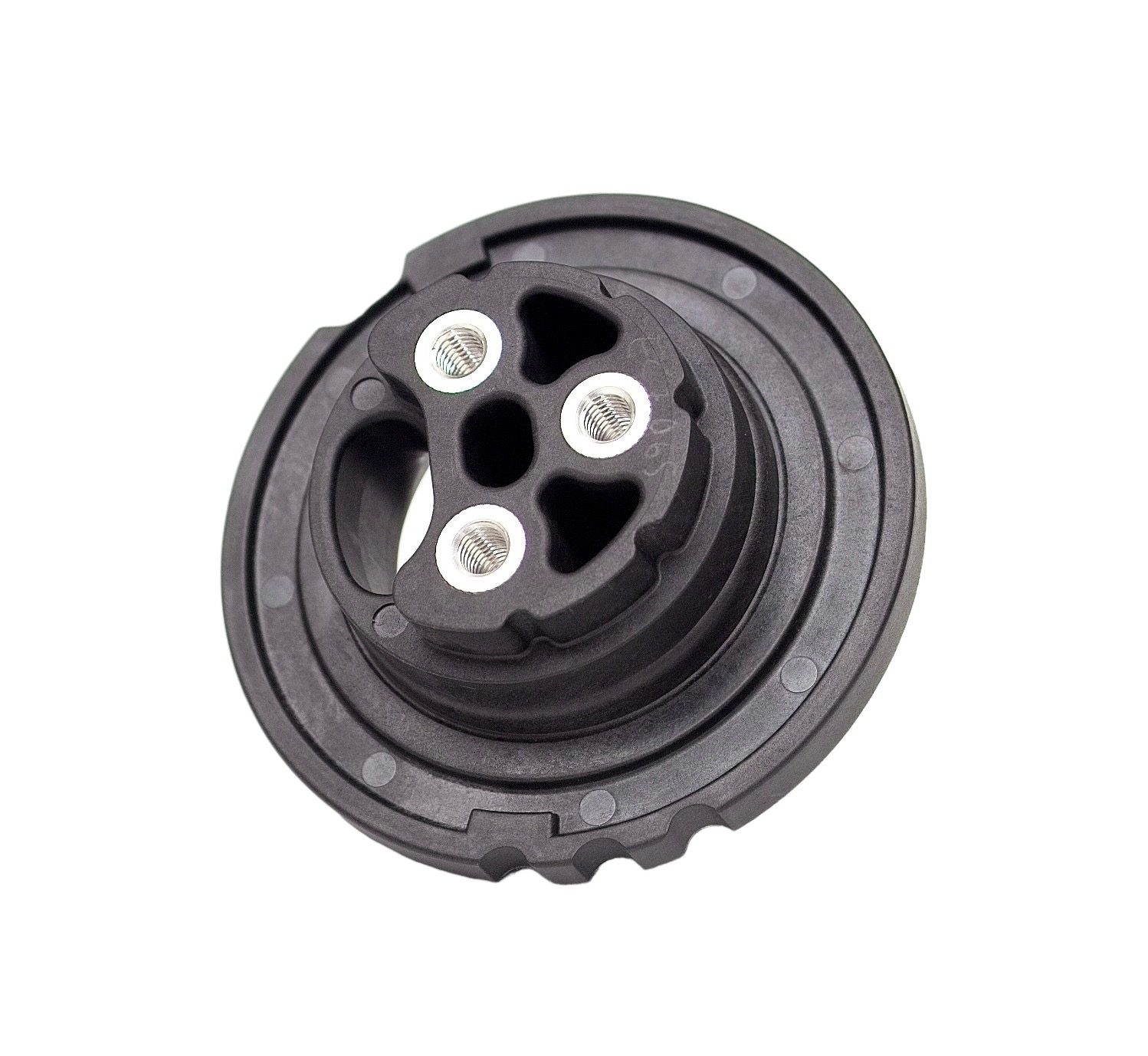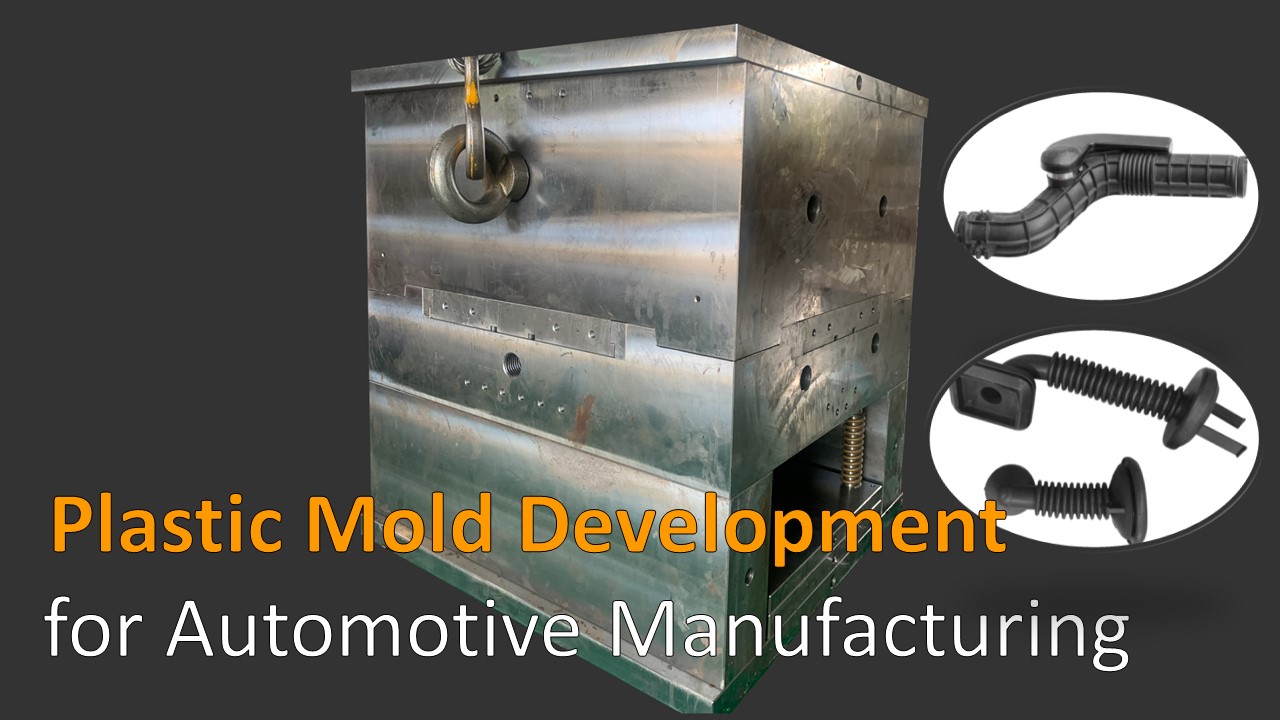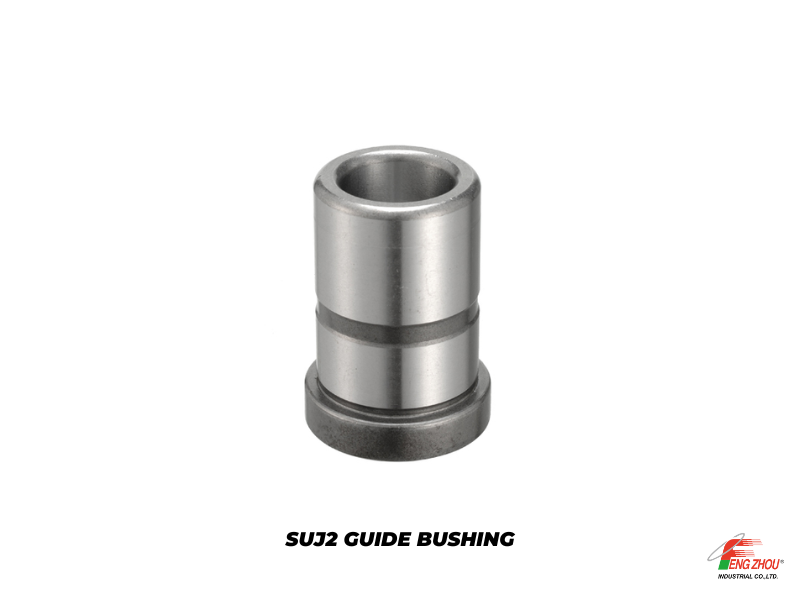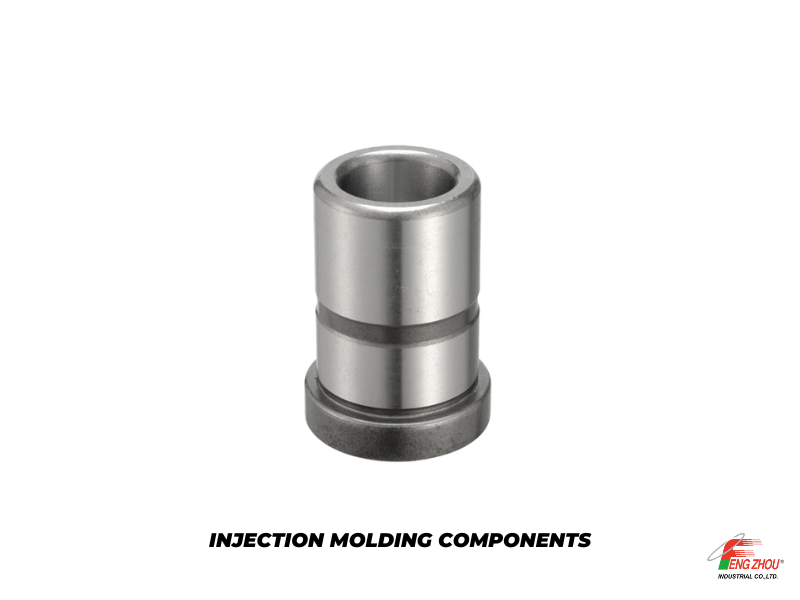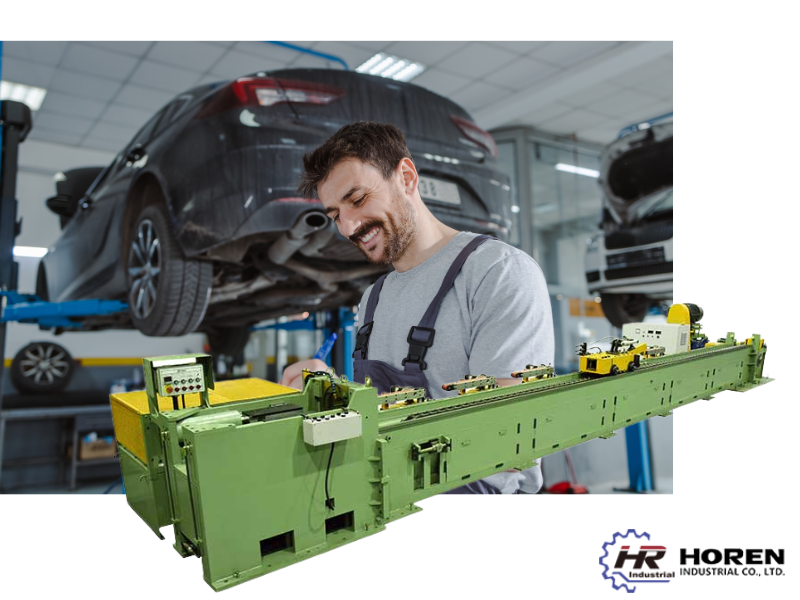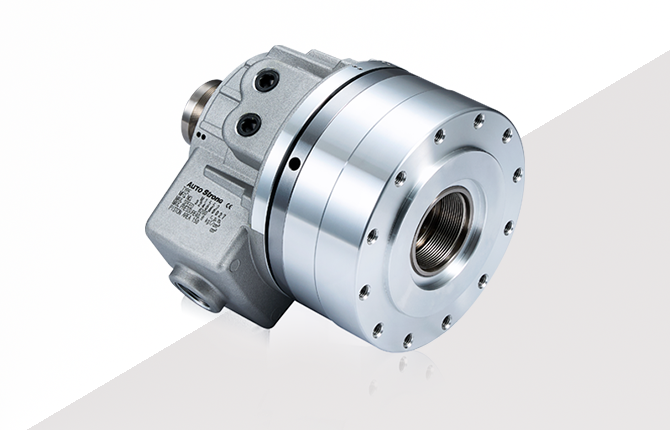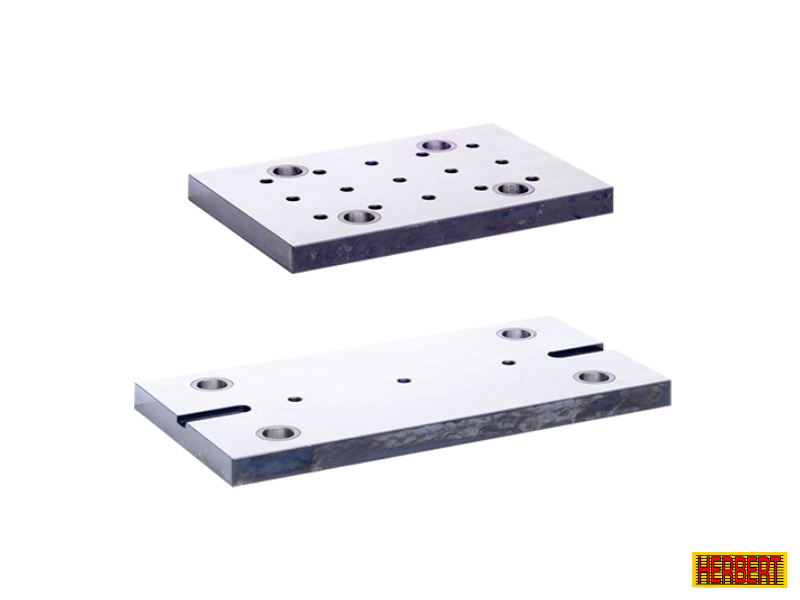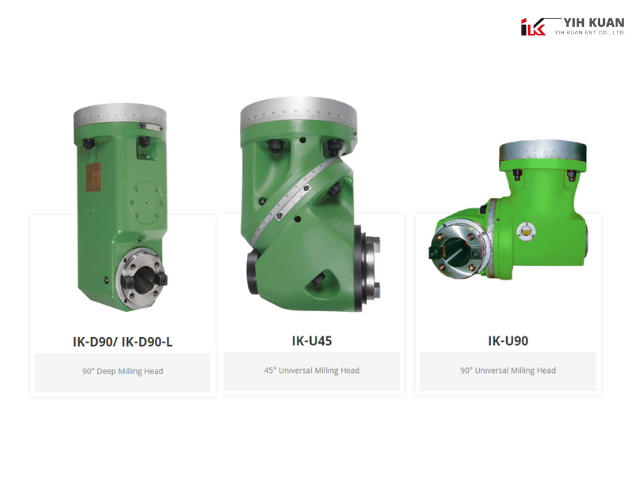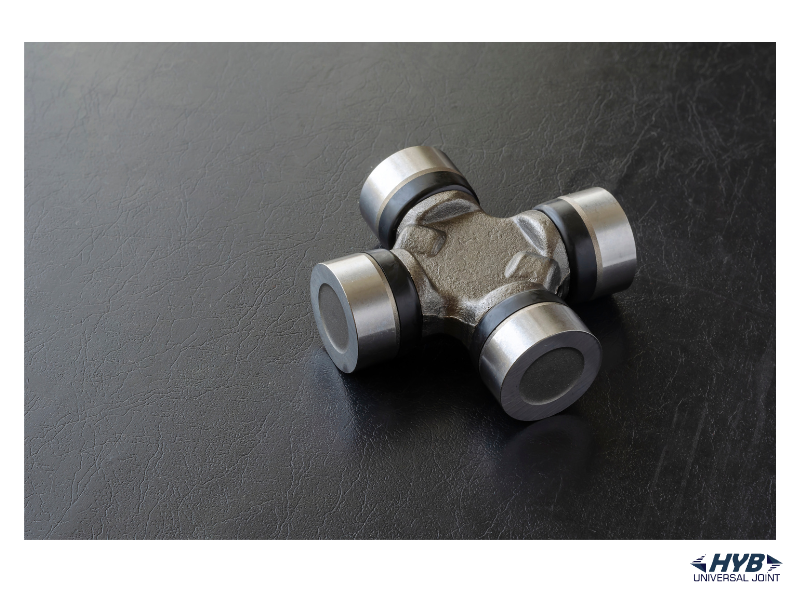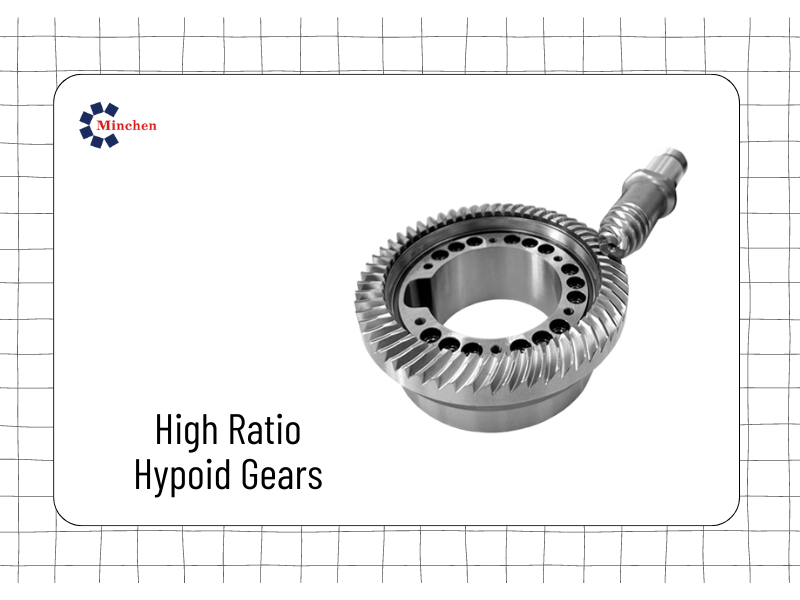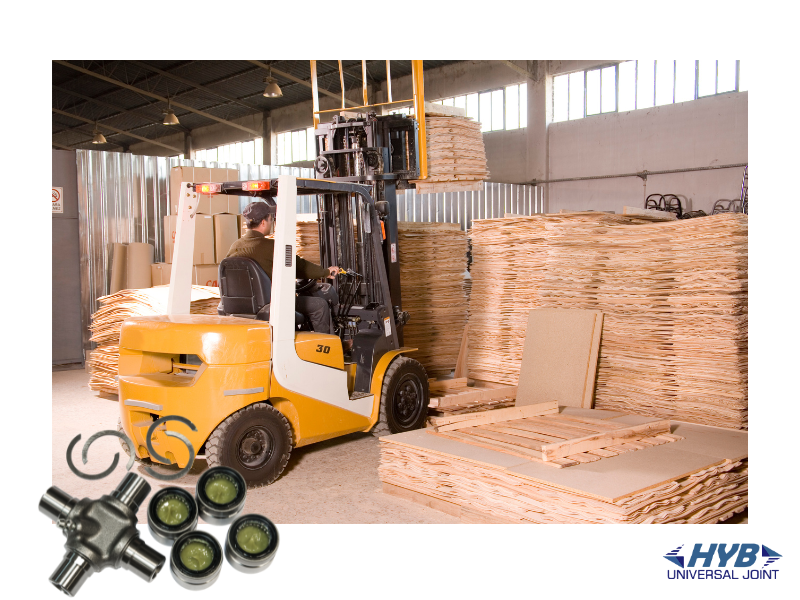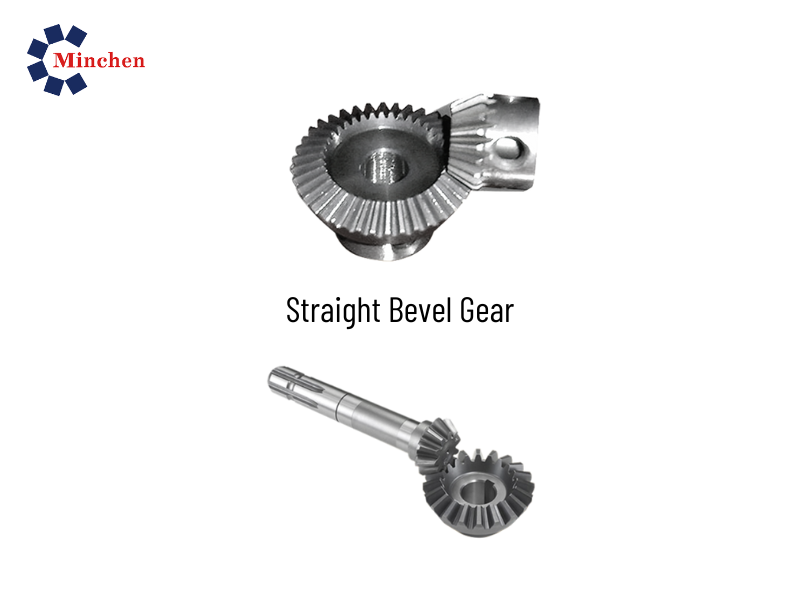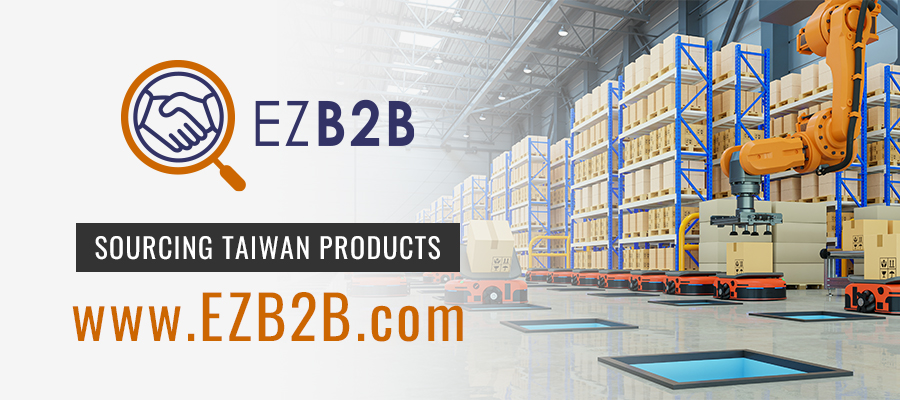Two-Shot Injection Molding vs. Overmolding
2023-10-20Mould & Die
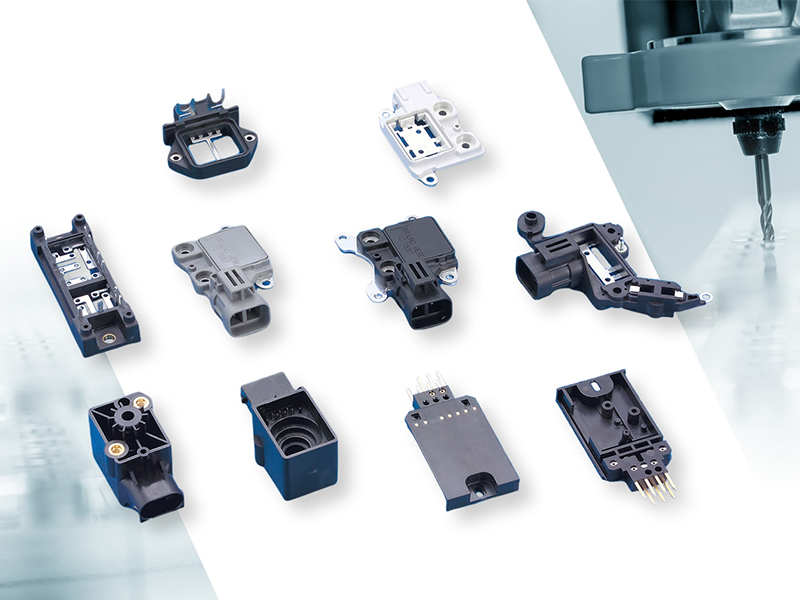
Manufacturing industries rely on various molding processes to produce high-quality products efficiently. Two of the most commonly used methods are two-shot molding and overmolding. These molding processes may seem similar at first glance, but they differ in several key ways. In this article, we will explore the differences between the two processes, their benefits, and their applications.
Two-Shot Molding
Two-shot molding is a process used to produce plastic parts with two or more materials or colors. It combines two plastic injection molding processes in a single cycle; thus, it is also known as dual injection molding or two-component molding. The process involves molding two materials in a single machine cycle. The first shot molds the basic shape of the part, while the second shot adds the complementary details or color to the part in the same mold.
Two-shot molding allows manufacturers to incorporate different materials with different properties into a single component. This eliminates the need for secondary assembly, reducing production time and costs, and lowering the risk of assembly errors. Additionally, this process can improve the part's functionality and aesthetics.
Benefits of Two-Shot Molding:
- Improved part functionality: By using two different materials with different properties, manufacturers can produce parts that meet specific requirements such as flexibility, toughness, and durability.
- Enhanced Aesthetic Value: Two-shot molding allows for the creation of multi-colored and textured parts. This process eliminates the need for painting or other secondary finishing operations.
- Reduced costs: Combining two or more injection molding processes in a single cycle prevents the need for secondary assembly, reducing production time and costs.
- Improved efficiency: Two-shot molding eliminates the need for assembly, reducing production time and the risk of assembly errors.
Applications of Two-Shot Molding:
Two-shot molding is commonly applied to produce parts and products with multiple colors or materials. The automobile industry, for example, uses two-shot molding to produce dashboard parts with a soft-grip surface and hard buttons. The process can also be applied in the production of consumer electronics, medical devices, and packaging products.
Overmolding
Overmolding is a process used to combine two or more different materials to create a single component. This process involves injecting molten resin into a pre-molded part to create a final product with enhanced functionality and aesthetics. Overmolding is also known as insert molding or multi-shot molding.
The process involves placing an initial substrate in a mold cavity. Then, a second material is injected over the substrate with the help of another injection molding tool. The two materials bond together, forming a single unit, with the base material providing the structure and strength while the overmolded material forms the outer layer.
Benefits of Overmolding:
- Improved part functionality: Overmolding can improve the part's functionality, giving it greater resistance to shock, vibration, and temperature fluctuations.
- Increased Aesthetic Value: Manufacturers can use overmolding to add color, texture, or a soft-touch surface to otherwise rigid parts. This enhances the part's visual appeal and tactile experience.
- Reduced Assembly Time: Overmolding eliminates the need for secondary assembly, ensuring consistent part quality, reduced assembly time, and decreased material consumption.
- Enhanced Durability: Overmolding provides better protection against wear and tear, improving the durability of the finished product.
Applications of Overmolding:
Overmolding is commonly used in the production of electrical components, connectors, and electronic devices. Overmolded parts in these applications bond more closely, reducing the risk of physical failure during use. This process can also be used in the automotive industry to produce soft-touch handles, covers, and armrests.
Comparison
The main difference between two-shot molding and overmolding is the order in which materials are placed into the mold. Two-shot molding inserts the first material into a mold cavity and follows it with a second material, which then bonds to the first material. In contrast, overmolding places a pre-molded substrate or insert into the mold cavity and then overlayers it with another material.
Another critical difference is the number of materials. In two-shot molding, two or more different materials are used to create a part, while overmolding involves adding only one or two additional materials for bonding with the substrate or insert.
Conclusion
The choice between two-shot molding and overmolding depends on the part's design, application, and intended functionality. Both processes offer unique benefits, including improved functionality and aesthetics, reduced assembly time and costs, and increased durability. Manufacturers must consider these benefits when choosing the best molding process for their specific product. As a leading manufacturer in Taiwan, MING-LI provides a wide range of molding processes, including two-shot molding and overmolding, ideal for various product applications.
